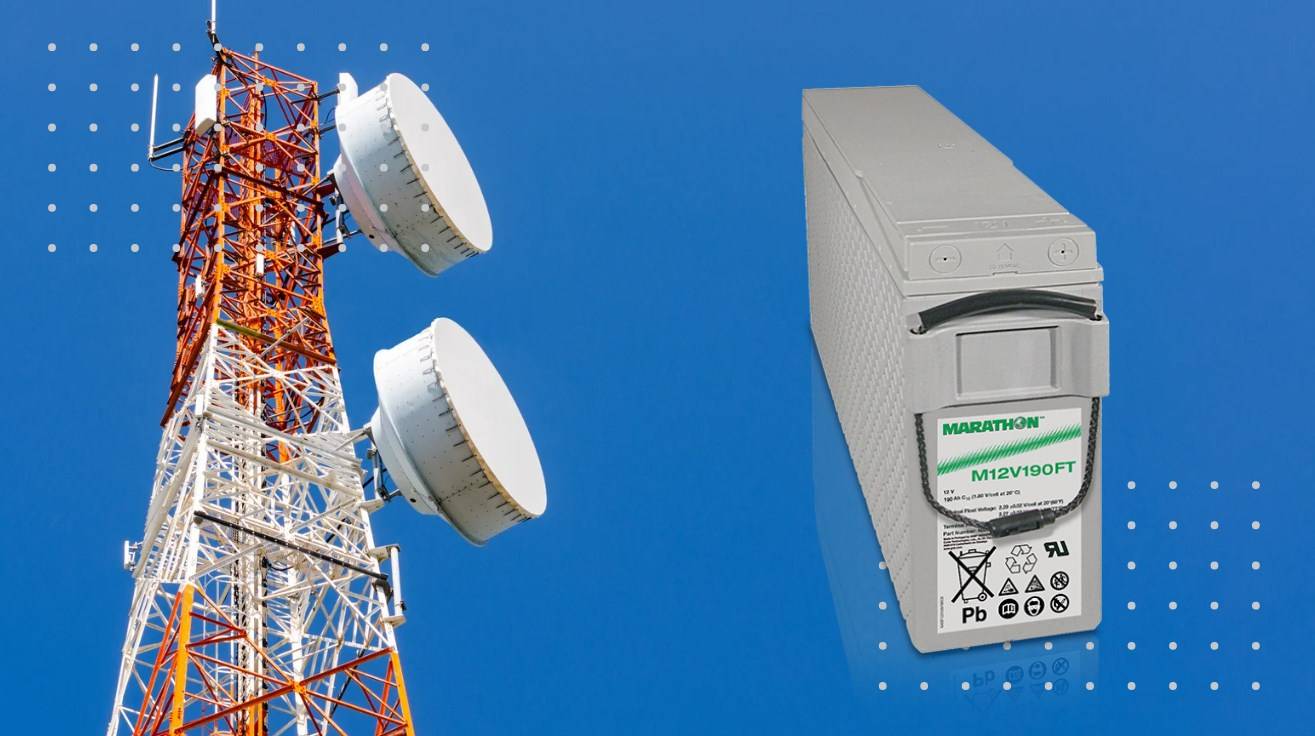- Forklift Lithium Battery
-
48V
- 48V 210Ah
- 48V 300Ah
- 48V 420Ah (949 x 349 x 569 mm)
- 48V 420Ah (950 x 421 x 450 mm)
- 48V 456Ah
- 48V 460Ah (830 x 630 x 590 mm)
- 48V 460Ah (950 x 421 x 450 mm)
- 48V 460Ah (800 x 630 x 600 mm)
- 48V 460Ah (820 x 660 x 470 mm)
- 48V 500Ah
- 48V 560Ah (810 x 630 x 600 mm)
- 48V 560Ah (950 x 592 x 450 mm)
- 48V 600Ah
- 48V 630Ah
-
48V
- Lithium Golf Cart Battery
- 12V Lithium Battery
12V 150Ah Lithium RV Battery
Bluetooth App | BCI Group 31
LiFePO4 Lithium
Discharge Temperature -20°C ~ 65°C
Fast Charger 14.6V 50A
Solar MPPT Charging - 24V Lithium Battery
- 36V Lithium Battery
- 48V Lithium Battery
-
48V LiFePO4 Battery
- 48V 50Ah
- 48V 50Ah (for Golf Carts)
- 48V 60Ah (8D)
- 48V 100Ah (8D)
- 48V 100Ah
- 48V 100Ah (Discharge 100A for Golf Carts)
- 48V 100Ah (Discharge 150A for Golf Carts)
- 48V 100Ah (Discharge 200A for Golf Carts)
- 48V 150Ah (for Golf Carts)
- 48V 160Ah (Discharge 100A for Golf Carts)
- 48V 160Ah (Discharge 160A for Golf Carts)
-
48V LiFePO4 Battery
- 60V Lithium Battery
-
60V LiFePO4 Battery
- 60V 20Ah
- 60V 30Ah
- 60V 50Ah
- 60V 50Ah (Small Size / Side Terminal)
- 60V 100Ah (for Electric Motocycle, Electric Scooter, LSV, AGV)
- 60V 100Ah (for Forklift, AGV, Electric Scooter, Sweeper)
- 60V 150Ah (E-Motocycle / E-Scooter / E-Tricycle / Tour LSV)
- 60V 200Ah (for Forklift, AGV, Electric Scooter, Sweeper)
-
60V LiFePO4 Battery
- 72V~96V Lithium Battery
- Rack-mounted Lithium Battery
- E-Bike Battery
- All-in-One Home-ESS
- Wall-mount Battery ESS
-
Home-ESS Lithium Battery PowerWall
- 24V 100Ah 2.4kWh PW24100-S PowerWall
- 48V 50Ah 2.4kWh PW4850-S PowerWall
- 48V 50Ah 2.56kWh PW5150-S PowerWall
- 48V 100Ah 5.12kWh PW51100-F PowerWall (IP65)
- 48V 100Ah 5.12kWh PW51100-S PowerWall
- 48V 100Ah 5.12kWh PW51100-H PowerWall
- 48V 200Ah 10kWh PW51200-H PowerWall
- 48V 300Ah 15kWh PW51300-H PowerWall
PowerWall 51.2V 100Ah LiFePO4 Lithium Battery
Highly popular in Asia and Eastern Europe.
CE Certification | Home-ESS -
Home-ESS Lithium Battery PowerWall
- Portable Power Stations
What You Need to Know About Exide Telecom Batteries

Exide Telecom Batteries provide reliable power solutions essential for maintaining uninterrupted service in telecommunications systems. This article explores the types, advantages, performance, and maintenance practices associated with these batteries, ensuring you have the knowledge needed to make informed decisions.
What are Exide Telecom Batteries?
Exide Telecom Batteries are specialized energy storage solutions designed to support telecommunications infrastructure by providing reliable backup power during outages and peak demand periods. These batteries ensure that critical communication systems remain operational, enhancing network reliability.Chart Title: Overview of Exide Telecom Batteries
| Feature | Specification |
|---|---|
| Types | VRLA, AGM, Lithium-Ion |
| Applications | Telecommunications |
| Lifespan | Up to 20 years |
| Maintenance | Low to moderate |
What types of Exide Telecom Batteries are available?
Exide offers several types of telecom batteries, including:
- VRLA (Valve Regulated Lead Acid): Maintenance-free and reliable.
- AGM (Absorbent Glass Mat): Known for durability and resistance to shock.
- Lithium-Ion: High energy density and lightweight, suitable for modern applications.
Chart Title: Types of Exide Telecom Batteries
| Battery Type | Description |
|---|---|
| VRLA | Reliable, low maintenance |
| AGM | Shock-resistant, durable |
| Lithium-Ion | Lightweight, high capacity |
What are the advantages of using Exide Telecom Batteries?
The advantages include:
- Reliability: Ensures continuous power supply during outages.
- Long Lifespan: Designed for extended use with minimal degradation.
- Efficiency: Optimized energy storage helps reduce operational costs.
- Versatility: Suitable for various telecom applications from small offices to large data centers.
Chart Title: Advantages of Using Exide Telecom Batteries
| Advantage | Description |
|---|---|
| Reliability | Consistent power supply |
| Long Lifespan | Fewer replacements needed |
| Efficiency | Cost savings on energy |
| Versatility | Wide range of applications |
How do Exide Telecom Batteries perform in various applications?
Exide batteries excel in diverse environments, providing dependable power for cellular towers, data centers, and emergency communication systems. Their robust design ensures they can withstand harsh conditions while maintaining performance.
How do environmental conditions affect battery performance?
Environmental factors such as temperature and humidity can significantly influence battery efficiency and lifespan. High temperatures may accelerate degradation, while extremely low temperatures can reduce capacity temporarily.Chart Title: Environmental Impact on Battery Performance
| Condition | Effect |
|---|---|
| High Temperature | Accelerated wear |
| Low Temperature | Reduced capacity |
| Humidity | Potential corrosion |
What maintenance practices extend the life of telecom batteries?
To maximize lifespan:
- Regularly inspect connections for corrosion.
- Ensure proper ventilation to prevent overheating.
- Follow manufacturer guidelines for charging cycles.
- Conduct periodic testing to assess battery health.
How does battery capacity impact telecom operations?
Battery capacity directly affects how long a system can run during an outage or peak demand period. Higher capacity batteries provide extended runtime, ensuring critical systems remain operational longer during emergencies.Expert Views
“Choosing the right type of telecom battery is crucial not just for immediate needs but also for ensuring long-term reliability and efficiency,” says John Smith, a telecommunications infrastructure expert.FAQ Section
- Can I mix different types of telecom batteries?
It’s best to use similar types to avoid performance issues. - How often should I check my telecom backup batteries?
Regular inspections every few months are recommended. - What is the average lifespan of an AGM battery?
Typically around 5 to 10 years depending on usage conditions.













